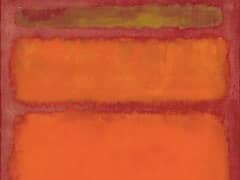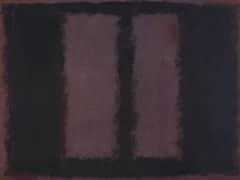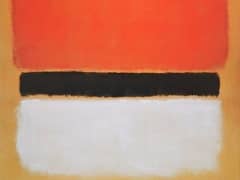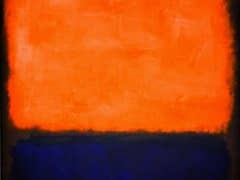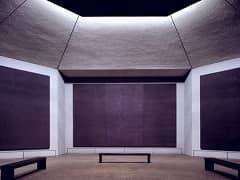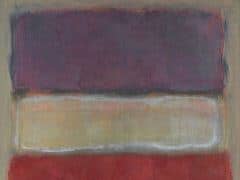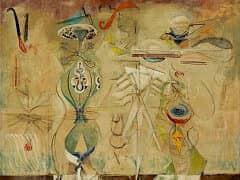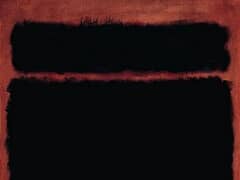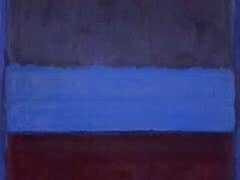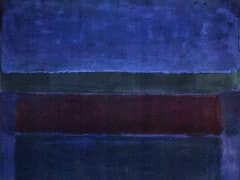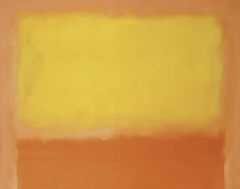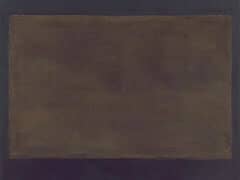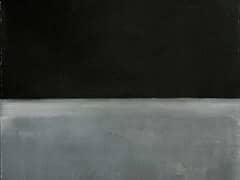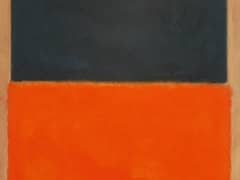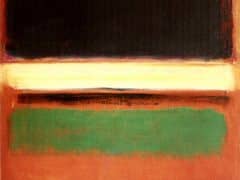Havard Murals, (1965) by Mark Rothko
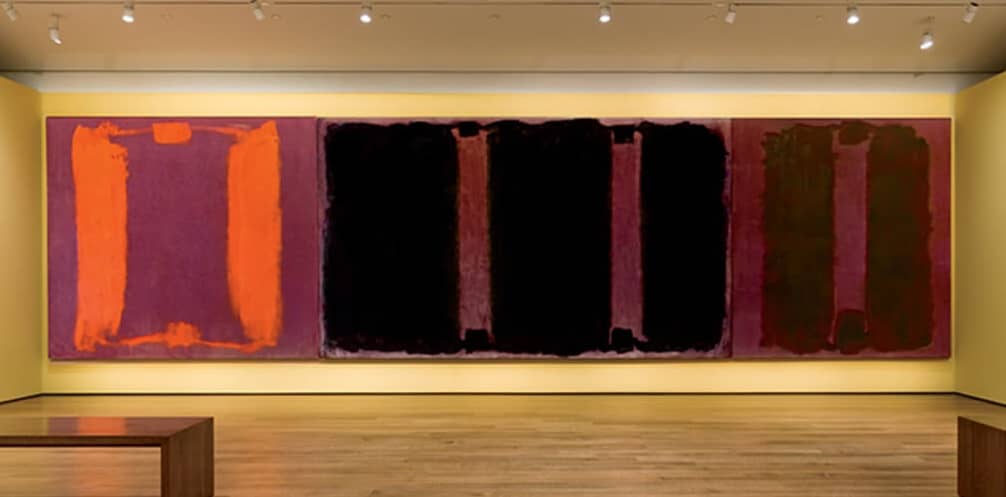
With the Sixties the star of Abstract Expressionism in America began to wane. Young artists such as Andy Warhol, Roy Lichtenstein, and Jasper Johns among others look to a British import called Pop Art, developing it into new, previously unseen forms. Pop Art came from the visual world of mass media and advertisement. With its provocative use of the commonplace, the base and profane, Pop Art's popularity spread with lightning speed.
The abstract art that had come to dominate the postwar scene suddenly appeared unyielding, haughty, and elitist. Many among the old New York School of Abstract Expressionists saw the new movement as a kind of "anti-art." Rothko described the Pop artists as "charlatans and young opportunists." But the critics interpreted the rise of Pop Art as marking the end of Abstract Expressionism, which they now retroactively declared long out of date. Sidney Janis took up the new movement in 1962, exhibiting the latest works of several Pop Art newcomers, as well as of a group of French artists around Yves Klein, Arman, and Cesar, who became known as the New Realists and who were promoted by the French art historian and critic Pierre Restany. On seeing the show, Rothko, Franz Kline, Motherwell and Willem de Kooning all left the Janis Gallery in a rage. Rothko summed up their anger in the crisp question: "Are these young artists plotting to kill us all?"
Around this time Rothko got another opportunity to design a public room exclusively with his own paintings. He negotiated a deal with Harvard University to design a series of wall paintings for the planned penthouse of the Harvard Holyoke Center, a building to be constructed by the Spanish architect Jose Luis Sert. The paintings were to be a gift of the artist, although Harvard reserved the right to refuse the works if it chose. Rothko finished 22 sketches, from which five murals were created and later installed in the Holyoke Center. These consisted of a triptych and two large single wall paintings, in which Rothko took up and developed the portal images he originally conceived for the Seagram Building. All the paintings had a dark red background, which varied in color and contrast according to the number of layers of color applied over the foundation.

